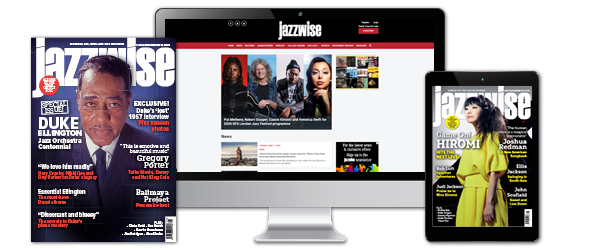Live Review: Reykjavík Jazz Festival 2024 (Part One)
Kevin Whitlock
Friday, September 13, 2024
In the first of two reviews, Kevin Whitlock reports from Reykjavík Jazz 2024, the 34th edition of an eclectic, skilfully-curated festival full of undiscovered local acts and international names. If you want to discover new music of the highest quality, Reykjavík's the place to go...


Register now to continue reading

Thank you for visiting Jazzwise.co.uk. Sign up for a free account today to enjoy the following benefits:
- Free access to 3 subscriber-only articles per month
- Unlimited access to our news, live reviews and artist pages
- Free email newsletter